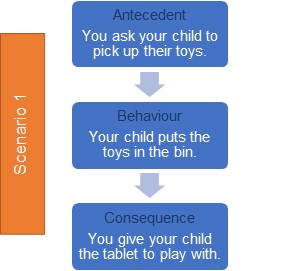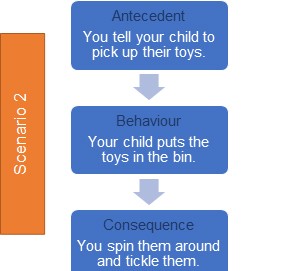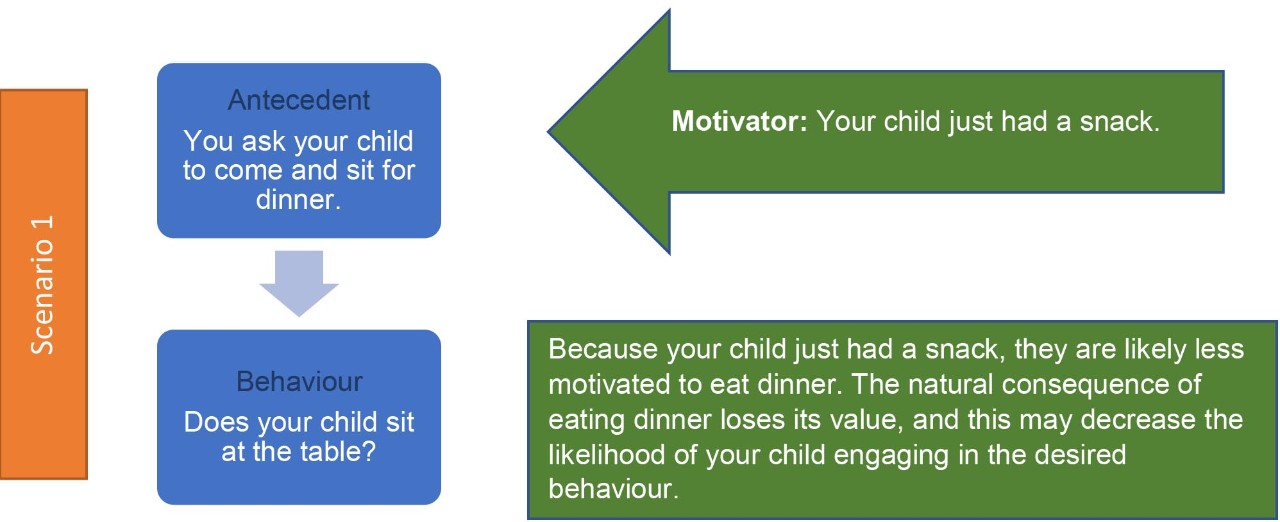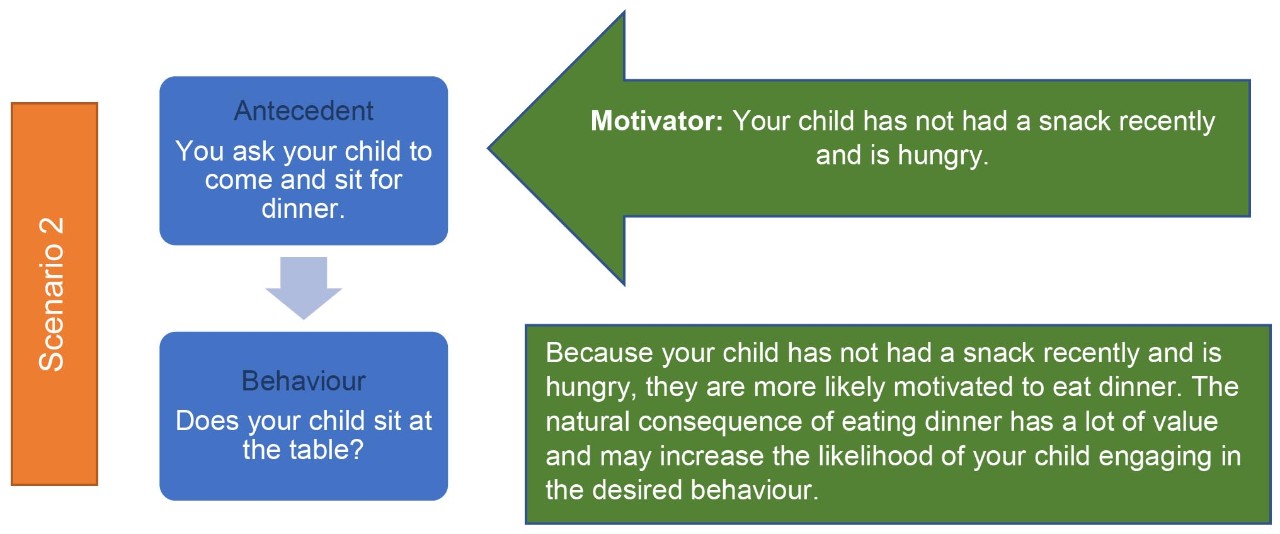Principles of Learning and Behaviour

Have you ever wondered what "learning" actually means?
Learning occurs only when we actually see it reflected in a person’s behaviour (Ormrod, 2008). Behaviour is what people say or do. Understanding behaviour in terms of what people do, rather than their personality traits, is important for understanding the principles of applied behaviour analysis (ABA) as they apply to learning.
The simplest definition of learning is lasting behaviour change through repeated practice. We know an individual has learned something new when changes occur in patterns of behaviour in particular situations. For example, if your child does not engage in play with peers, he or she can be taught this skill. If you then consistently see your child sitting beside a peer while interacting with toys, occasionally looking at the peer’s actions and materials and sometimes exchanging materials with a peer, then a pattern of behaviour has changed. When we can see a relatively permanent change in a behaviour after an experience, learning has occurred.
For example, there is evidence of learning if your child:
- demonstrates a new behaviour that was not in their repertoire before;
- modifies the intensity of a behaviour in their repertoire;
- changes the frequency of a behaviour in their repertoire;
- changes certain aspects of a behaviour in their repertoire.
ABC Model
The ABC model suggests that a behaviour can be learned because of the relationship between these three terms: Antecedent, Behaviour, Consequence.

A consequence: reinforcing or not?
Here is an example of a situation that could happen with your child:

If your child continues to pick up their toys in the future when you ask them, playing with the tablet is a reinforcing consequence for them. A reinforcing consequence increases the likelihood that a behaviour will be repeated.

If your child does not pick up their toys in the future when you ask them, spinning around and being tickled is not a reinforcing consequence for them. A non-reinforcing consequence decreases the likelihood that a behaviour will be repeated.
Motivation: An important variable
Motivation is also an important component that influences behaviour by changing the value of the consequence. Some consequences may be of great value to your child, while others may not. Consequences that are valuable can certainly motivate your child to demonstrate the behaviour that will allow them to obtain it. Conversely, consequences that are of low value are unlikely to have the same motivating effect and your child is unlikely to engage in the behaviour that will allow them to obtain it. Let's look at two different scenarios that demonstrate this principle.


Why consider the antecedents?
The antecedents let your child know that demonstrating a specific behaviour leads to a consequence. Motivation, which is also an antecedent variable, affects the value of the consequence. It is therefore important, when planning activities, to change or control certain antecedents. Antecedent-related strategies can increase the chances that a desired behaviour will be occur. These are proactive strategies that can promote learning. Here are some examples of antecedent-related strategies:
- Arranging the room or the furniture differently (e.g., display or remove certain objects, reduce stimulation).
- Giving instructions suited to your child’s level of language comprehension.
- Offering choices (e.g., materials or tasks).
- Enriching the environment (e.g., making the task or the environment more interesting and enjoyable).
- Using your child’s preferences.
- Adjusting the difficulty of the requested task (e.g., the requirements).
- Mixing more difficult tasks in with easier tasks.
Why consider the consequences?
Because reinforcing consequences increase the likelihood that a behaviour will be repeated, reinforcing consequences, or reinforcement, should always be used to teach new behaviours or new skills. We must include reinforcement in the learning process and note the child’s progress to ensure that they continue to make progress.
A consequence may be reinforcing for one individual but not for another. Similarly, a consequence might be reinforcing for one individual at a certain time or in certain circumstances but not in others. You will need to be attentive to consequences that do not help achieve the desired effect.
Example: Jenny
In the following example, you will see how Jenny’s parents took antecedents and consequences into consideration when attempting to teach her a new skill.

Final thoughts
When considering teaching your child a new behaviour or skill, think about the important role antecedents and consequences play. Often times, small manipulations of either or both of these components can lead to the development of the skill or behaviour that you want to target.
Click here for a printable summary of this section's content.
References
Ormrod, J.E. (2008). Human Learning—5th ed. Upper Saddle River, New Jersey: Pearson Prentice Hall.